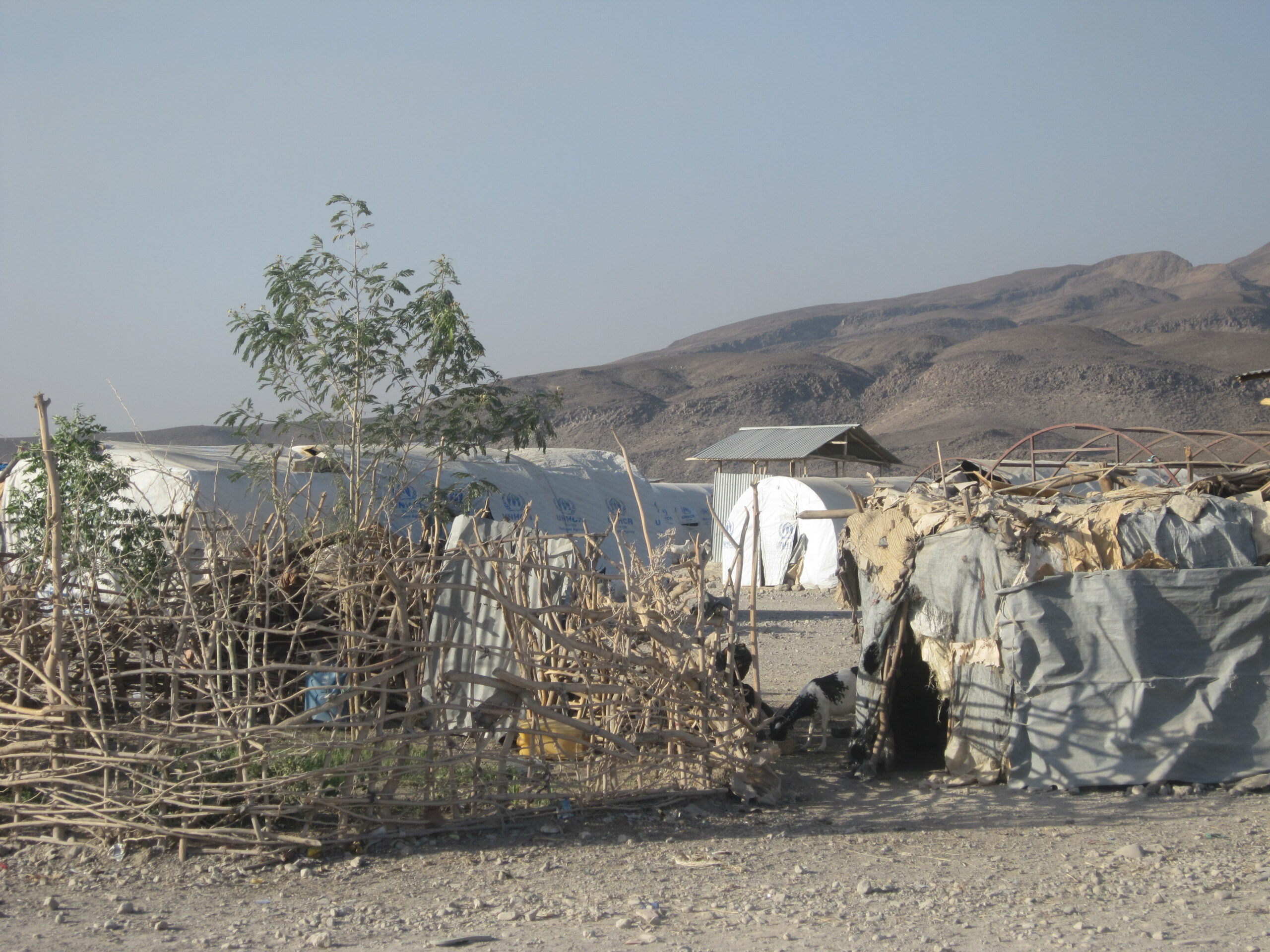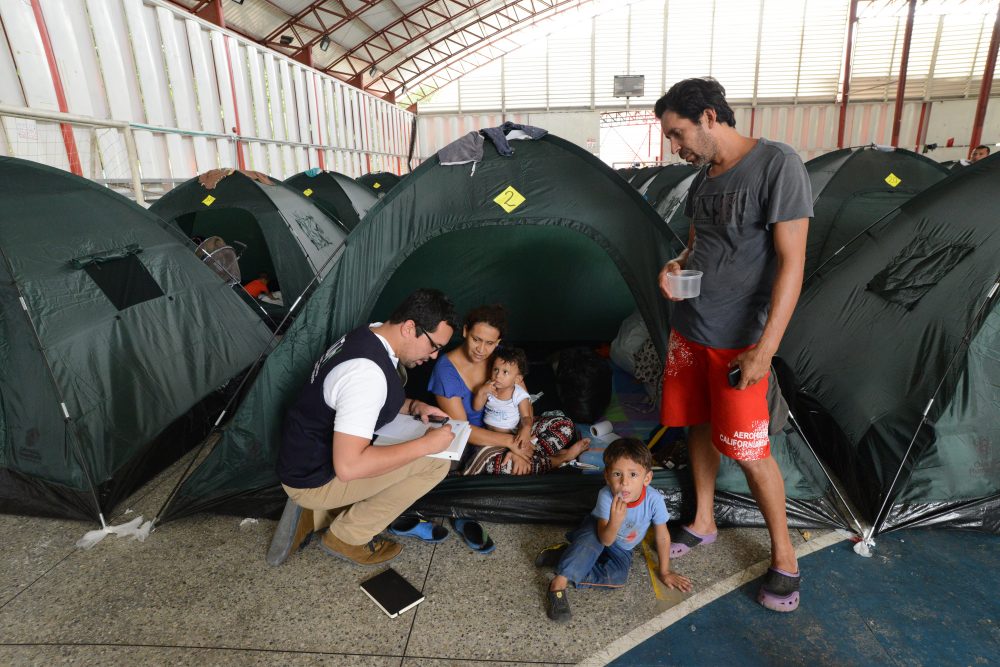In Commemoration of World Refugee Day: The Search for Durable Solutions
Each World Refugee Day, the UN High Commissioner for Refugees releases its latest statistics on the number of forcibly displaced persons globally. During the past two decades, that number has risen steadily to exceed 80 million in June 2020. About 60% are internally displaced persons (IDPs), and the rest are refugees and asylum seekers who […]

Each World Refugee Day, the UN High Commissioner for Refugees releases its latest statistics on the number of forcibly displaced persons globally. During the past two decades, that number has risen steadily to exceed 80 million in June 2020. About 60% are internally displaced persons (IDPs), and the rest are refugees and asylum seekers who crossed international borders.
Although COVID-19 restrictions have made it more difficult to move both across and within borders, thereby potentially lowering the number of newly displaced, it is unlikely that the overall statistics on refugees and displaced persons will deviate significantly from prior years. Indeed, the Internal Displacement Monitoring Centre reports a record number of IDPs (48 million) as of the end of 2020. One important reason that the numbers increase each year is the growth in protracted displacement – that is, in the inability of still more refugees and displaced persons to find durable solutions within five years of the onset of the conditions that caused them to flee. Any new displacements add to a larger and larger base.
As we recognize the challenges and celebrate the accomplishments of refugees and displaced persons despite the long odds they face, the international community – donors included – should invigorate actions that will enable refugees and displaced persons to resume normal lives.
Durable solutions for refugees
There are three traditional solutions to displacement: return to home countries and communities; long-term settlement in the places in which they have found refuge; and resettlement to third countries or communities. Each presents challenges that necessitate innovative approaches. The U.S. government and the philanthropic sector can play an integral role in supporting such initiatives.
1. Return to home countries and communities.
For most refugees and displaced persons, returning home is the preferred solution. Return alone, however, is not sufficient. It must be in safety and dignity and provide refugees and displaced persons with opportunities to rebuild their lives. Repatriating refugees and returning displaced persons to their home communities while the conditions that caused their flight persist are fraught with peril. Indeed, it can cost the returnees their lives, means of support and general well-being.
2. Long-term settlement.
Settlement is generally seen as the second-best solution, but it is also difficult to achieve. Host countries and communities may be reluctant to provide full rights to refugees and displaced persons: They fear competition for scarce jobs and resources as well as the discontinuation of international aid once the refugees and displaced persons are integrated. The refugees and displaced persons may be unwilling to accept integration if it signals that they will never be able to return home.
3. Third-country or -community resettlement.
Third-country or -community resettlement is generally seen as the least desirable solution for those who have fled their homes. Third-country resettlement, in particular, is expensive relative to the other solutions. Refugees must be transported long distances to places where they may have no family or friends. They often do not speak the language and may require public support until they gain new skills. As a result, resettlement slots are few in number compared to the great need for solutions. In 2019, only 107,800 refugees were resettled.
In 2018, a large majority of members of the United Nations adopted the Global Compact on Refugees (GCR). One of the compact’s main goals is to enhance responsibility-sharing by governments in finding solutions for refugees. At the time of its adoption, the United States was one of only two countries that voted against the GCR. The Biden administration has reversed that stance and has pledged to participate fully in all efforts to improve the lives of refugees and the host communities in which they live.
President Biden has already issued a Presidential Declaration raising the ceiling on U.S. resettlement of refugees to 62,500. He intends to set the 2022 fiscal year ceiling at 125,000. The U.S. is always most persuasive in convincing other countries to join in supporting resettlement efforts when it leads by example. President Biden should take every opportunity to encourage other world leaders to raise their own levels of resettlement in solidarity with refugees and the mostly poor host states in which they reside.
At the same time, the U.S. needs to explore domestic reforms in resettlement policies based on public-private partnerships that would expand the number of groups willing and able to sponsor refugees.
A concerted effort
Resettlement will be insufficient, however, as a way to help refugees and internally displaced persons acquire solutions. More needs to be done to open up options for the much larger number of refugees and displaced persons who will remain in host communities. This will require a coordinated strategy to increase economic and social opportunities for refugees, displaced persons, and local hosts. The GCR provides a framework for achieving this goal.
The U.S. should again lead by example and ensure that the U.S. Agency for International Development and the State Department’s Bureau for Population, Refugees and Migration work collaboratively in designing programs that provide opportunities for refugees, internally displaced persons and host communities alike.
The United States should also use its position as a permanent member of the Security Council to encourage that body to increase its efforts to broker peace agreements in the numerous countries in which internal and cross-border displacement takes place. It is only through concerted efforts to resolve longstanding conflicts that any hope for larger-scale repatriation will prevail.
The philanthropic community can play an important role in findings solutions for refugees and displaced persons. For example, foundations and individual donors can help strengthen the capacity of local communities and organizations to participate in the resettlement process. They can also support endeavors to enable refugees and IDPs to integrate where they currently reside through contributions to the many nongovernmental organizations that work with these populations worldwide. The philanthropic sector could also support organizations that promote conflict resolution and research on best practices to attain sustainable peace, which will enable repatriation. Perhaps most important, philanthropy can help empower refugees and displaced persons to have a role in determining their own futures by, for example, providing resources to organizations run by and for refugees and displaced persons.
On this World Refugee Day, the world should take a stand: Protracted displacement should become a thing of the past. Concerted action today could lead to a steady reduction in the number of refugees and displaced persons in the future. The time for action is now.
More like this

World Refugee Day: What to Know and Do

